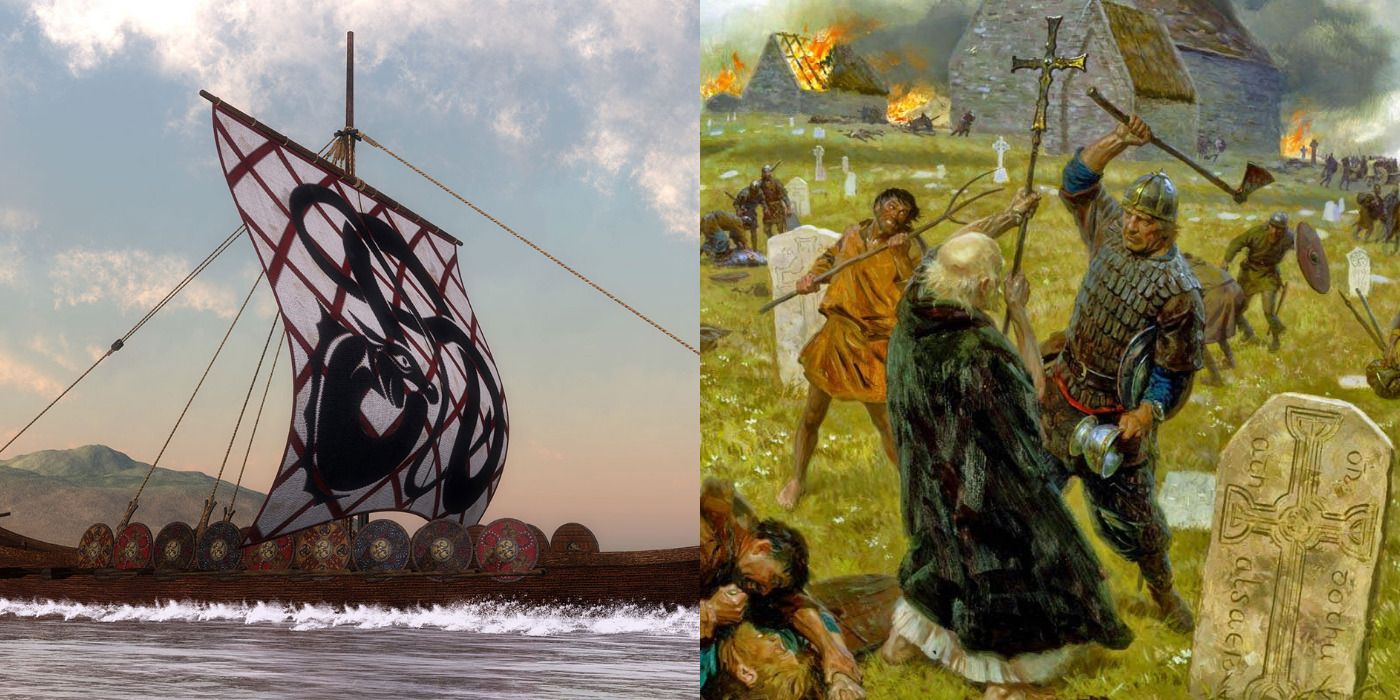
One of the most significant selling points of the Assassin's Creed franchise is the ability to explore a whole range of historical settings and historical figures. Assassin's Creed Valhalla is no different, allowing players to explore all of England, along with parts of Norway & North America, in the 9th Century. Attacking historical figures with veritable glee.
RELATED: Assassin's Creed Valhalla: 10 Things About Eivor That Make No Sense
Being a work of fiction, the game takes some artistic liberties regarding certain historical details for the sake of storytelling. However, there are still plenty of accurate historical details to be found, giving players a worthy and accurate portrayal of England during the Viking invasion.
10 Silver Currency - Penny For Your Troubles
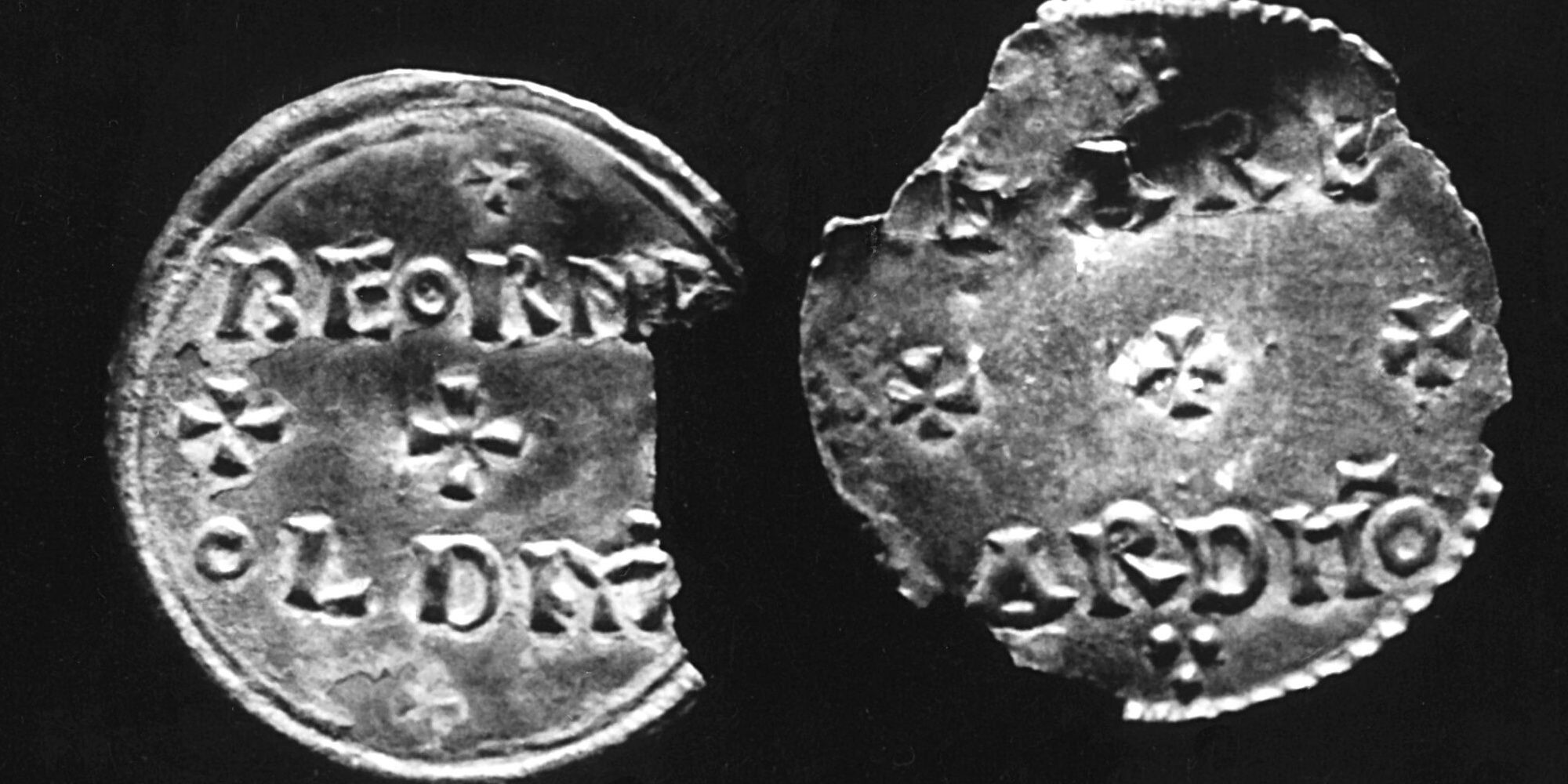
Money in Valhalla is less crucial than it has been in previous instalments in the franchise, generally only being used for an occasional top-up on resources (and gambling). This is a shame as the currency used in Valhalla, silver, is an accurate representation of the coinage of the time.
Silver pennies were used widely as currency in England during this period, as well as in Viking settlements. This was a huge boon to the English economy as Viking money could easily be exchanged with Anglo-Saxon money for no lost value.
9 Location of Viking Settlements - Calling The North Home
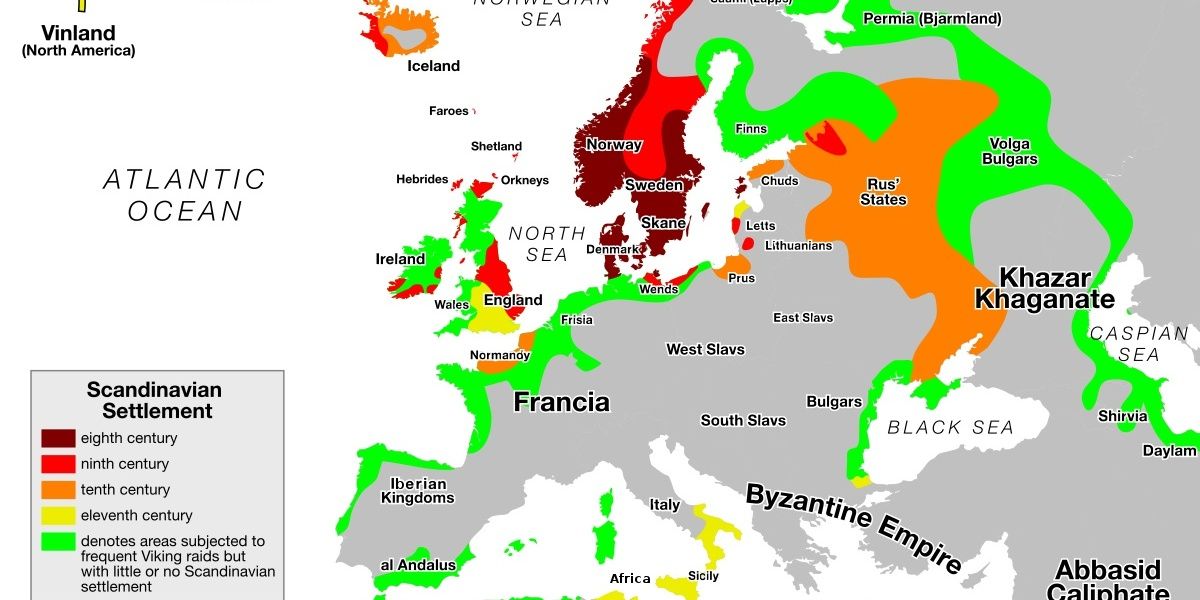
The story of Valhalla sees the player venture around the regions of England to gain allies. Depending on which locations the player explores, they may find Anglo-Saxon settlements or Viking settlements to win over.
The spread of these settlements holds a lot of historical accuracies. While the Vikings conquered most of England at one point in time, during the time period of Valhalla, only the more northern regions of the country were under Viking rule, which is echoed in the game.
8 No Horned Helmets - Fading Into Myth
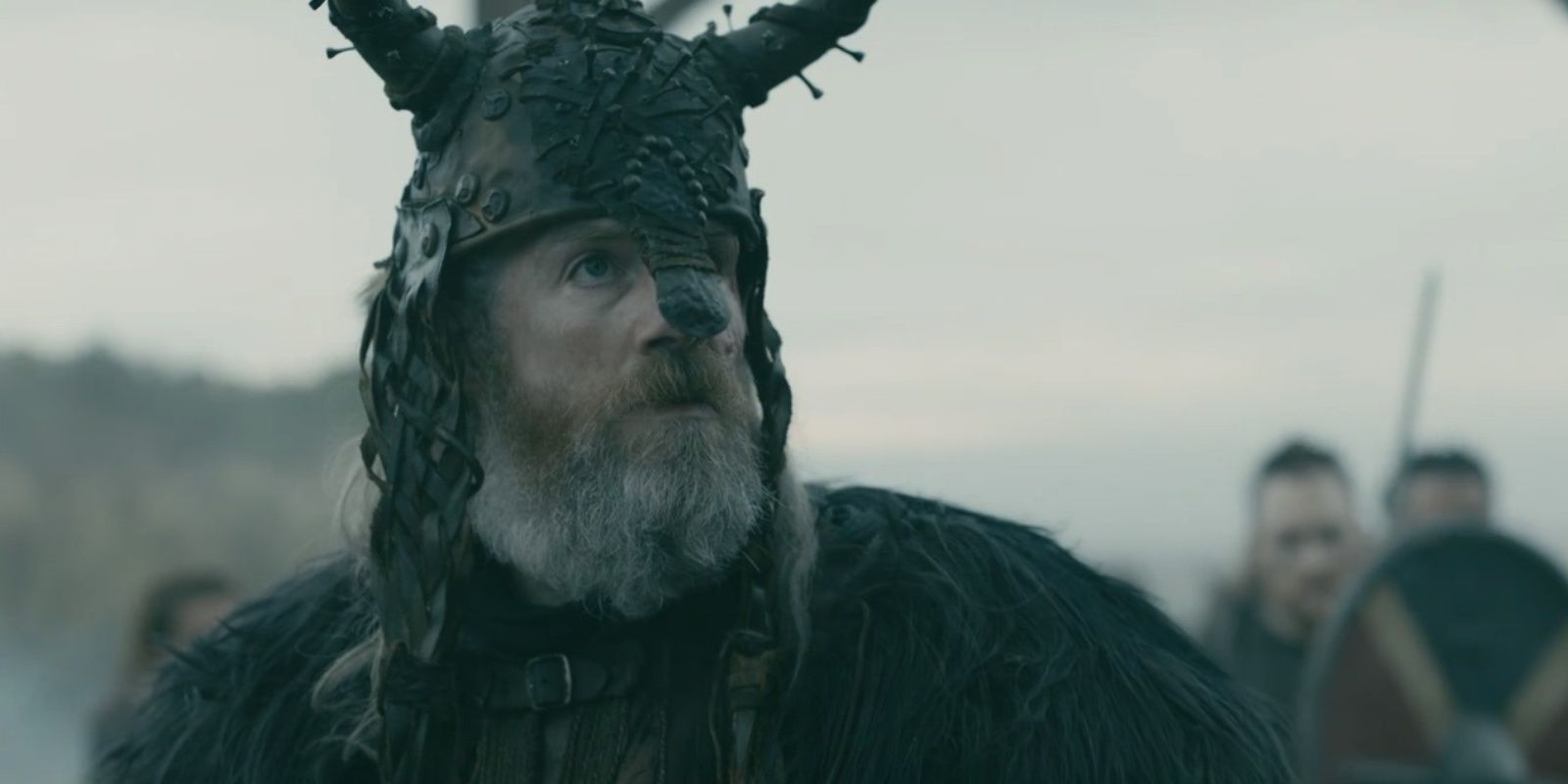
One of the most well-known historical myths is that of Vikings wearing horned helmets. It's become such a well-known myth that most people are fully aware that it has no basis in reality. Still, many portrayals of Vikings in fiction (particularly cartoonish ones) still show them with the horned helmets. Especially considering the amount of mythological content Valhalla features.
RELATED: Assassin's Creed Valhalla: 10 Best Armor Sets In The Game
It would've been very easy for Valhalla to fall into the same trap, even if it were as a joke, to put a horned helmet into the game for players to wear. Thankfully, the developers strayed away from the joke, choosing to give only realistic attire for Eivor to wear.
7 Viking Weaponry - Swordless Combat
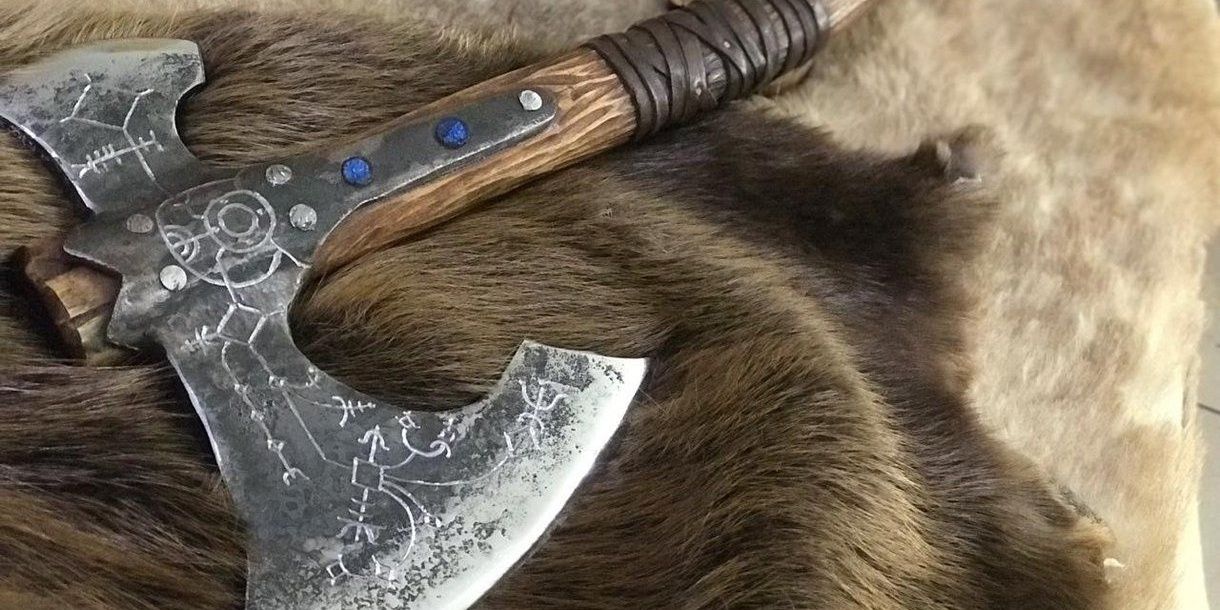
A detail players may not have noticed while playing Valhalla is the complete lack of swords available to wield in the game. There is a massive range of weapons. Axes, daggers, hammers, flails and even longswords are options for players, but not a regular one-handed sword.
This is down to historical accuracy, as swords were very expensive to make during this era in history due to the amount of metal they required to make. As such, most warriors use other weapons that required far less metal to make. Even when swords are seen in Valhalla, they are normally decorative or status symbols, not tools of war.
6 Terminology & Language - The Correct Dialect
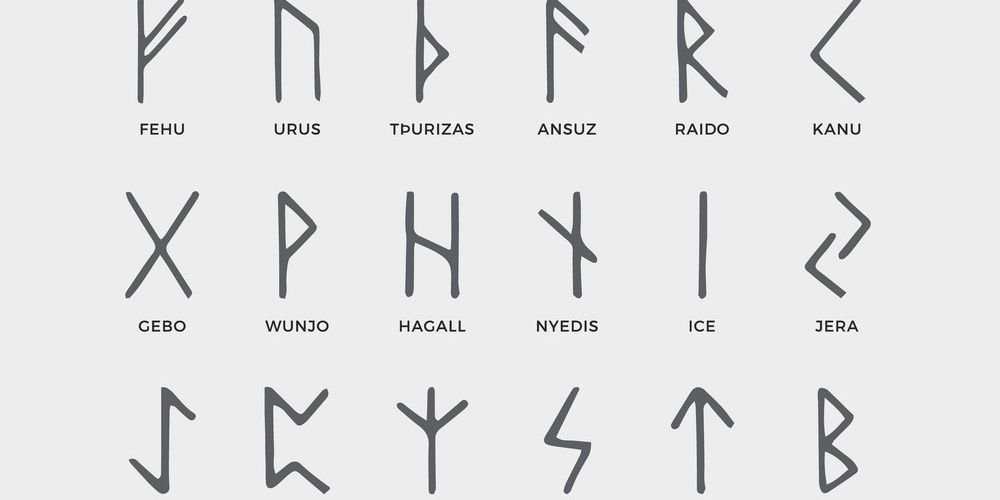
While every character in the game speaking perfect English no matter where they're from is a bit odd, the terminology and dialect they use are surprisingly accurate. The term "Viking" is very rarely used in the game, as it's a more modern phrase to refer to the Nordic invaders of this period.
In reality, "Danes" was the common name for the Vikings in England during this time, referring to the fact that the majority of Vikings were from either Norway or Denmark. The terms "Vikingr" and "Jomsviking" are used frequently by the Danes to refer to their mightiest warriors, which is where the modern term "Viking" comes from.
5 Female Warriors - All Can Fight
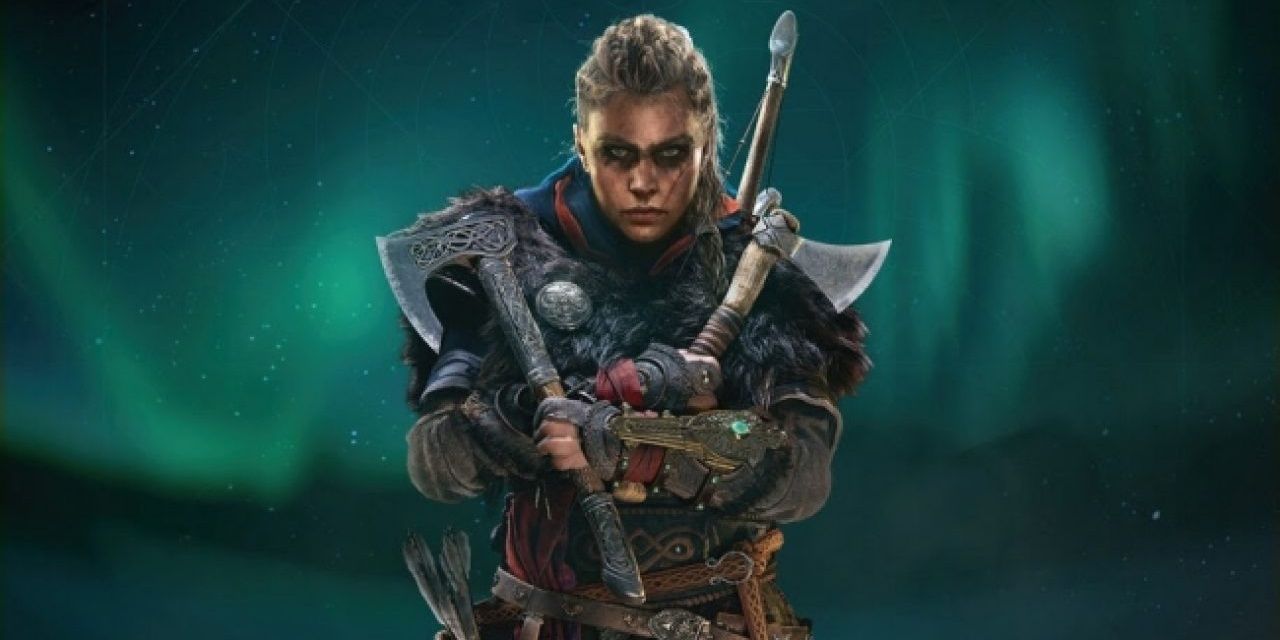
Throughout history, there are plenty of examples of certain societies having more gender equality than one would expect from the time period. The Spartans of Assassin's Creed Odyssey put women in positions of great political power, and there were many mighty female warriors.
The Vikings are similar. While Viking society was still, by and large, a patriarchy, there was minimal stigma against Viking women becoming warriors. Compare this to the Anglo-Saxon philosophies, which more or less entirely prevented women from stepping onto battlefields, and the Vikings seem almost progressive.
4 Raiding Monasteries - Taking The Riches Of God
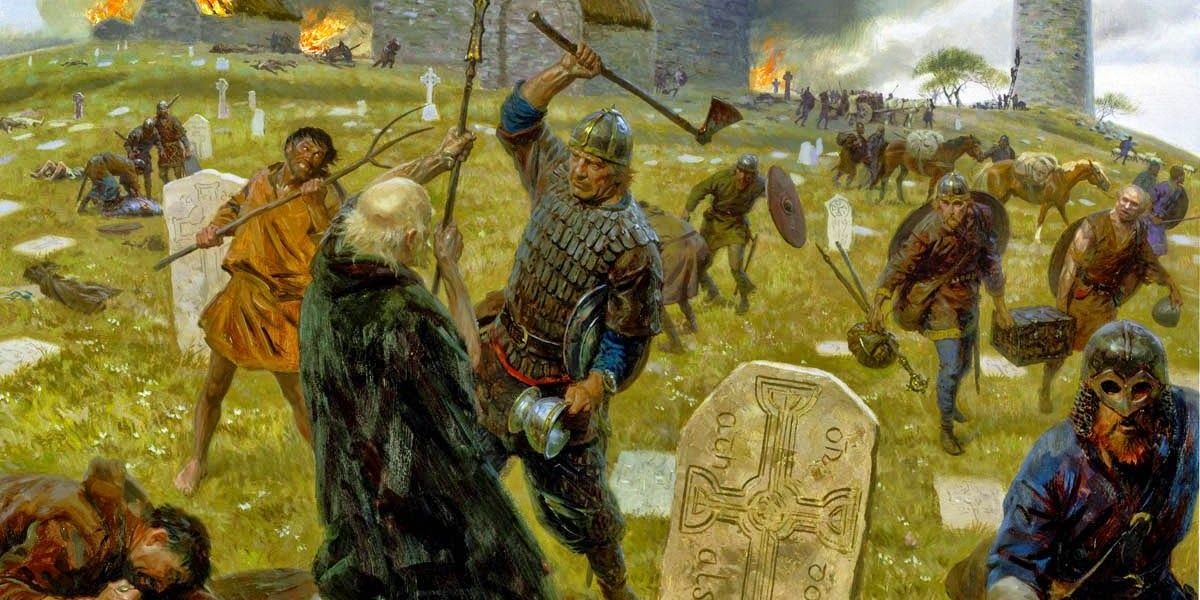
In the modern-day, mainstream society sees Vikings as cool warriors from an ancient era. Pop culture is full of Viking shows, films, and games, and they're looked on as favorably as Pirates are. However, much like Pirates, when you look at the reality, it becomes clear how horrible and savage they could really be.
RELATED: Assassin's Creed Valhalla: 10 Things That Can Ruin Your Playthrough
In the 9th Century, England was a heavily Christianised country, and as such, the Church was an extremely powerful and wealthy institution. The Vikings, who had a different set of religious beliefs, took it upon themselves to destroy these grand churches & monasteries and take their riches for themselves. Doing this in the game is a similar experience, although the terrible moral implications are largely glossed over.
3 Viking Combat Style - Berserker Rage
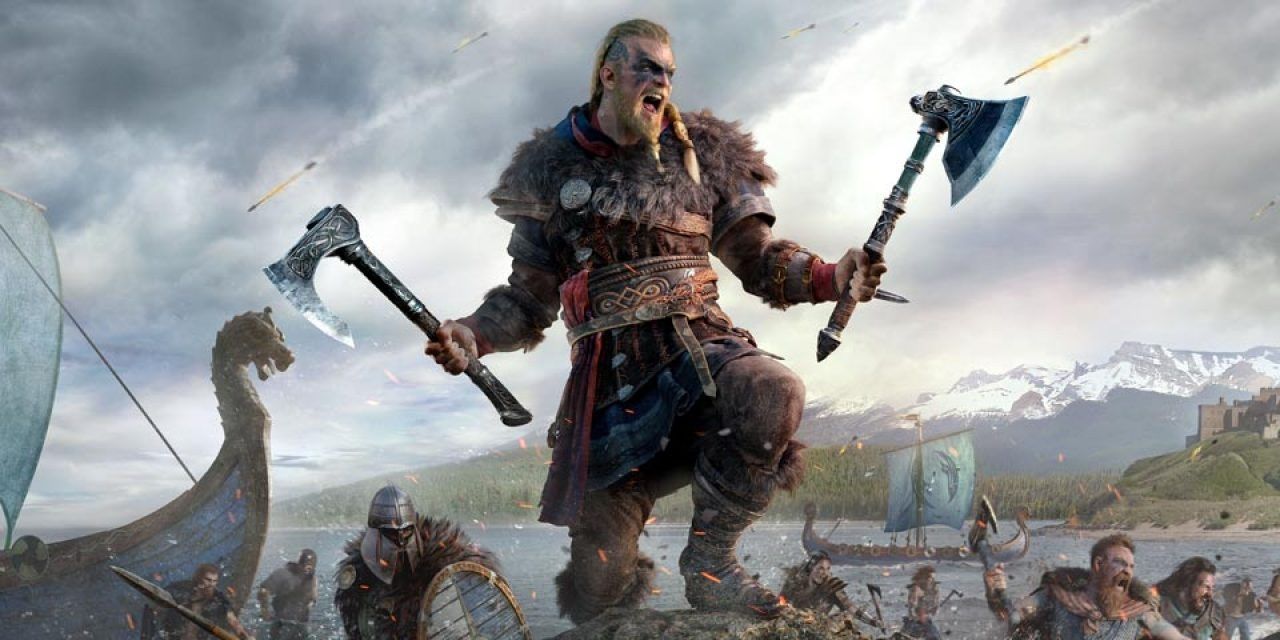
The accuracy of warfare in Valhalla doesn't just extend to the Viking weaponry, as the way in which Eivor can fight is accurate too. There is evidence to show that Vikings fought with less of a sense of self-preservation than most other people. They believed their deaths to be an event pre-determined by the Gods, so they made less of an effort to keep themselves alive in battle.
They didn't fight with all-out reckless abandon; however, there is evidence to suggest that many Viking neglected to take shields into battle. Instead, dual-wielding weaponry to maximize attacking prowess was a tactic that many Vikings used to take out their enemies and to go out in a blaze of glory in battle, which the Vikings considered the most honorable way to die.
2 Longships - A Seafaring People
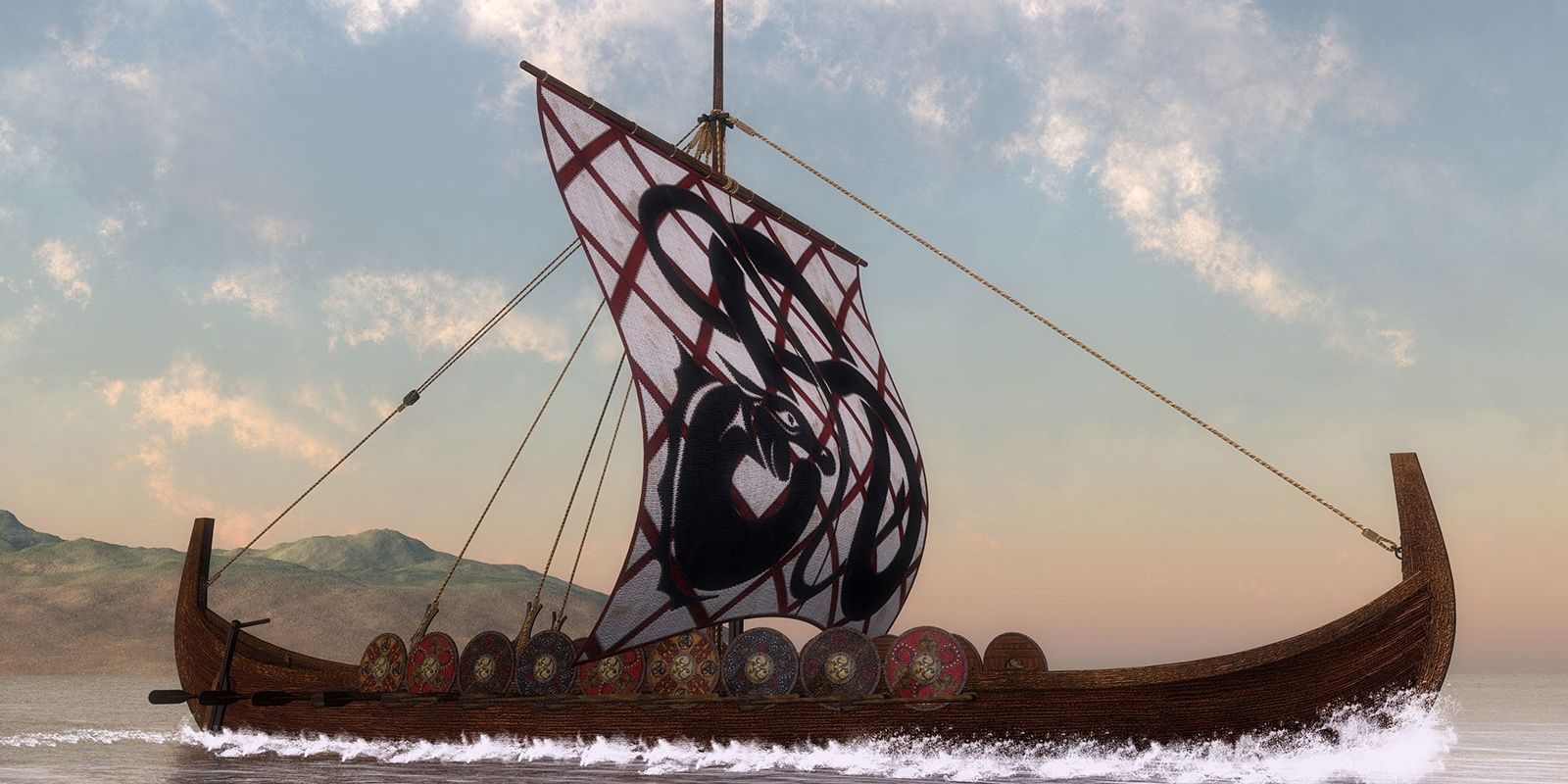
The Vikings are well-known in history for their sailing prowess. The Viking Longship has been studied extensively by historians and is considered a marvel of engineering given the technology of the time.
These Longships ensured the safe passage of armies of Vikings to lands all over Europe. It even allowed some groups of Vikings to safely sail across the Atlantic Ocean and set foot on the North American continent, centuries before the renaissance Europeans did so.
1 Ravensthorpe - A Real Village
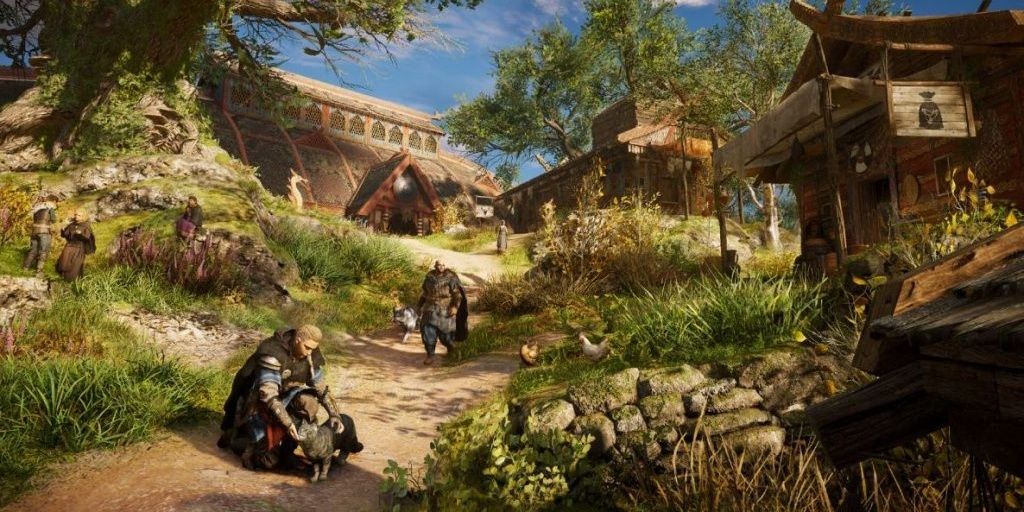
When the characters of Valhalla first settle in their town of Ravensthorpe, it may be fair for players to assume that this is a fictionalized settlement for the purposed of the game. However, that is not the case, as Ravernthorpe is a real village in the county of Northamptonshire in England.
It is unknown who originally settled it, but there is evidence to suggest that the Romans, Anglo-Saxons, and Vikings all called it home at some point during its early history. With a small population of just over 600 people, it never became the sprawling metropolis the ancient settles may have hoped for, but it's proof that such conquests in England's past have stood the test of time.

